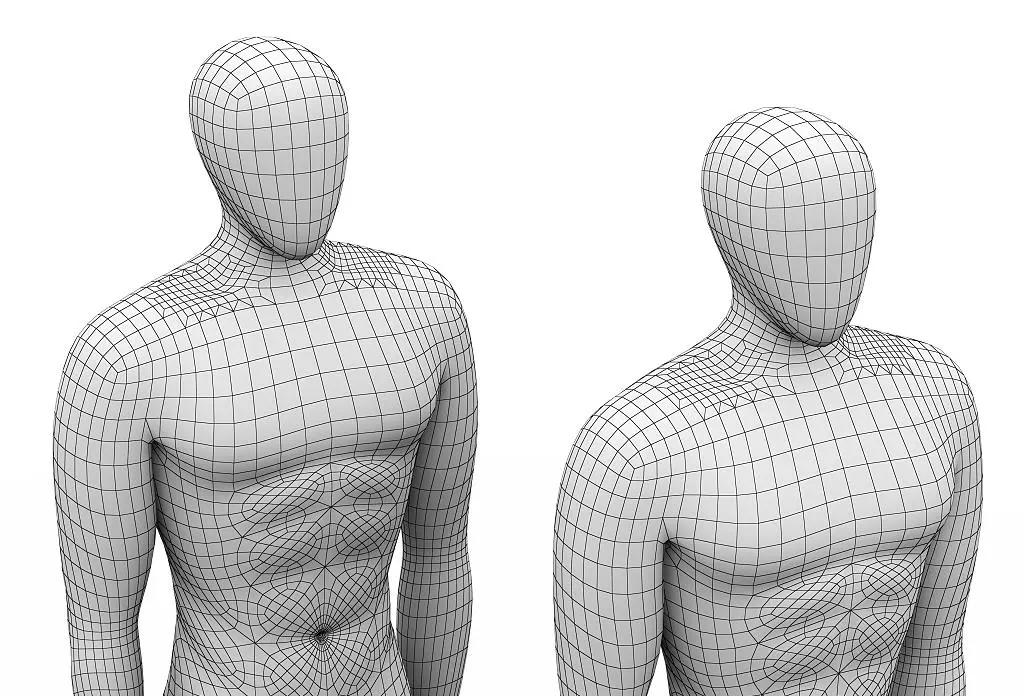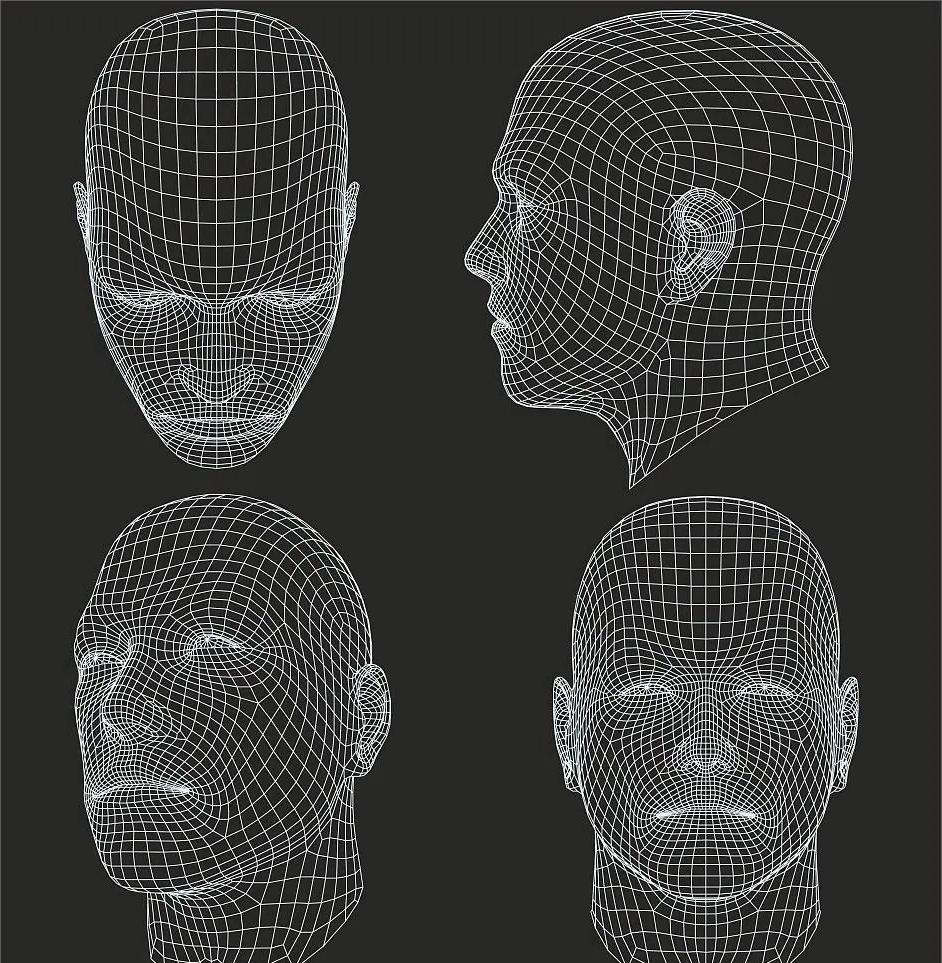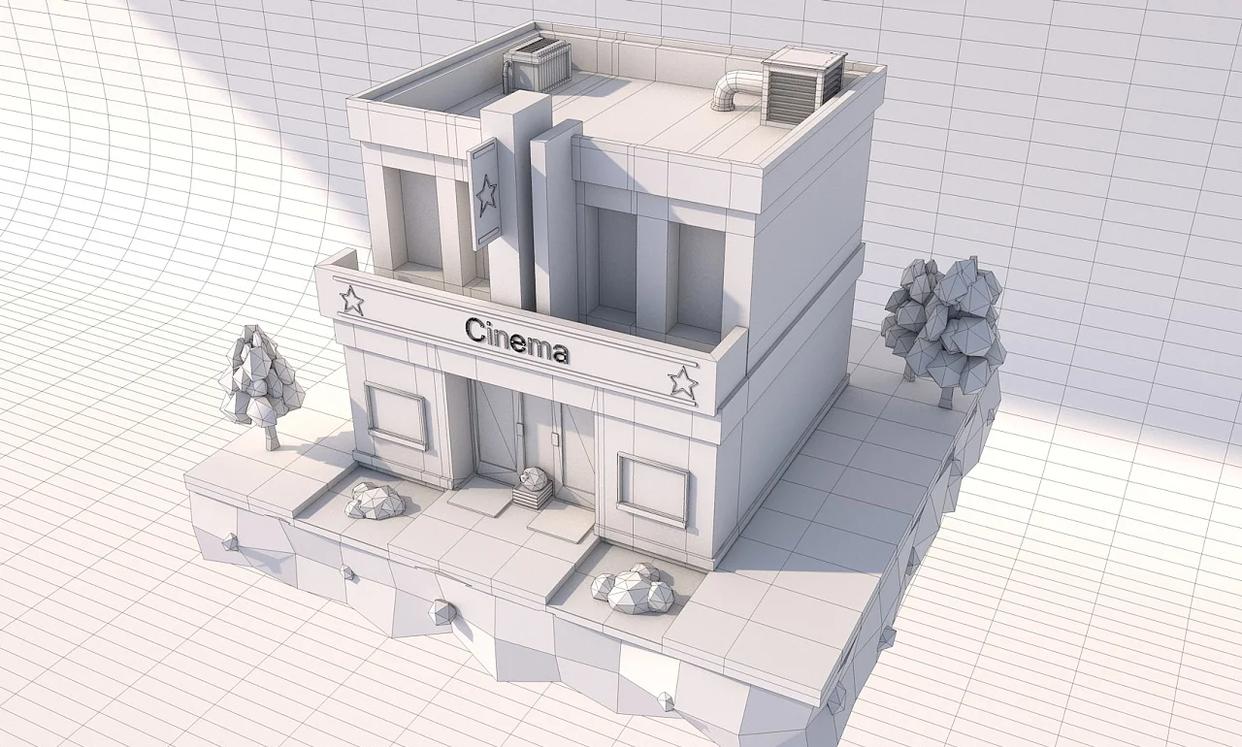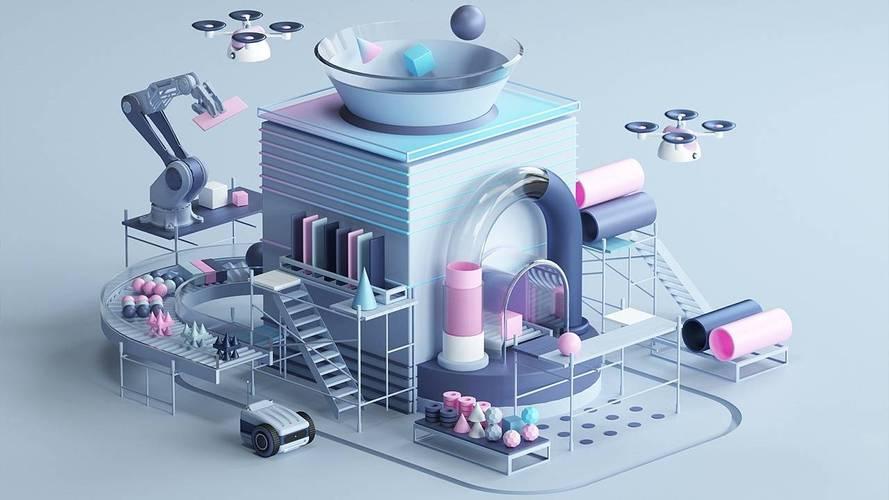The Six Core Technologies of 3D Modeling
Today, we explore the fascinating world of 3D modeling. Simply put, 3D modeling involves constructing the structure and form of objects or scenes in a digital environment to generate computer-readable and editable 3D models. This process is not only challenging but also a field where creativity and technology intertwine. Mastering it is like obtaining the key to shaping virtual worlds!




1️⃣ Geometric Modeling: The most fundamental approach, it uses basic geometric elements like points, lines, and surfaces to construct object shapes. It is particularly suitable for simple 3D animation objects, such as children's toys and basic architectural structures.
2️⃣ Scan-Based Modeling: Utilizes high-precision scanning devices like laser scanners or 3D cameras to quickly capture the appearance and structure of real-world objects or scenes, converting them into digital models. This method is ideal for applications requiring high fidelity, such as architectural surveying and digital archiving of cultural relics.
3️⃣ Fractal Modeling: Employs mathematical algorithms to recursively generate highly complex natural forms with self-similar characteristics, such as mountains, clouds, and vegetation. It is commonly used in game environments and virtual reality to achieve highly realistic natural visuals.
4️⃣ Parametric Modeling: Driven by a set of parameters (e.g., dimensions, proportions, constraints) to generate and modify models. It is especially suited for engineering, mechanical, and architectural fields, enabling high-precision and easily iterable design processes.
5️⃣ Solid Modeling: Based on solid geometry (e.g., voxels, boundary representations), it emphasizes geometric integrity and physical rationality. Widely used in industrial design and manufacturing simulations where strict dimensional control is required.
6️⃣ Composite Modeling: Integrates multiple models or components to construct more complex 3D scenes or comprehensive objects. It is a core technique in film visual effects, game environment building, and virtual reality content development.
🎉 3D modeling technology has now permeated various industries: from gaming and film production to architecture, industrial design, product visualization, and medical simulation training—all rely on 3D models. If you are passionate about this field, dive deep into learning—you might become a future industry leader!
💡 Finally, keep in mind that while 3D modeling is highly captivating, it also comes with a learning curve. Stay patient and persistent, accumulate knowledge step by step, and success will follow. Keep going!
-
DT Platform: Core Engine for 3D Modeling & VR Integration
Date: Sep 10, 2025 Read: 117
-
The Six Core Technologies of 3D Modeling
Date: Sep 10, 2025 Read: 106
-
What are some good 3D drawing software?
Date: Sep 10, 2025 Read: 325






